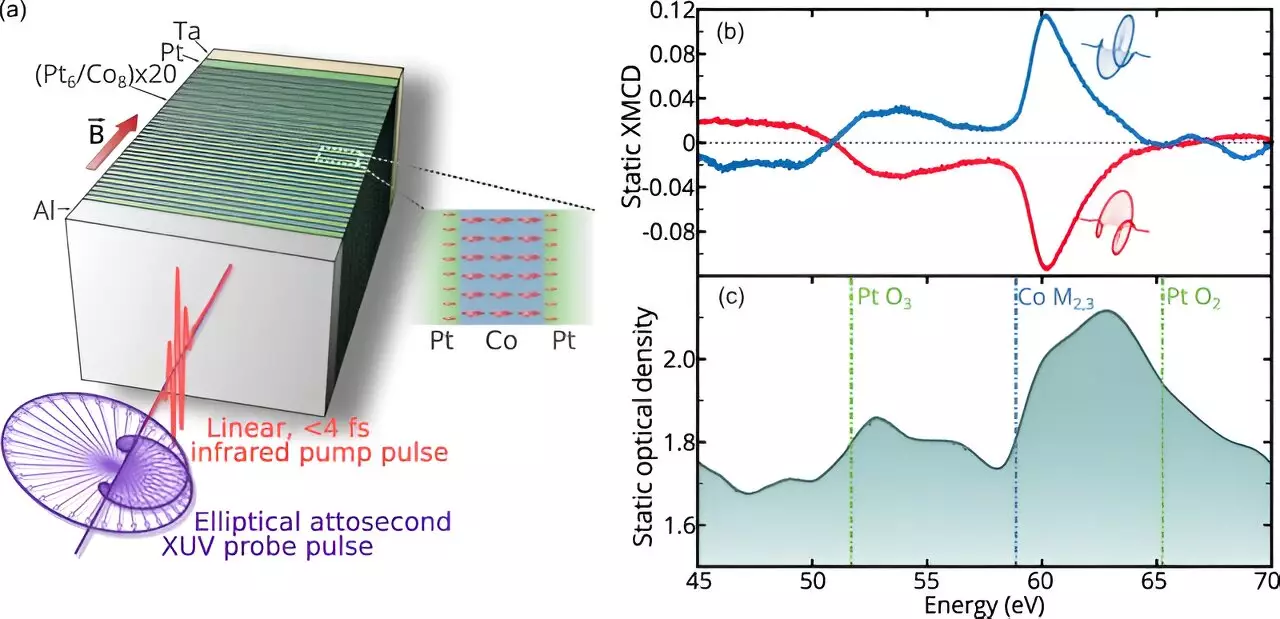A groundbreaking study published in the renowned journal Physical Review Letters has propelled the field of spintronic research forward by elucidating a novel method for generating spin currents through ultrashort laser pulses. Spin currents, which represent a flow of electrons aligned by their spins rather than their charge, hold promise for revolutionizing electronic devices, enhancing their speed and efficiency while simultaneously reducing energy consumption. For years, researchers have grappled with the challenges of indirectly creating these currents, often leading to inefficiencies due to disorganized electron spins. This latest research disentangles those complexities, offering a direct approach that could set a new trajectory for the development of next-generation electronic devices.
The Methodology of Spin Current Creation
The international research team discovered that by employing a combination of a linearly polarized laser pulse and a circularly polarized probe laser, they were able to generate spin currents with a remarkable degree of efficacy. Central to their approach was a specially designed bio-layered target block composed of twenty alternating layers of platinum and cobalt, each measuring merely a nanometer in thickness. This meticulous construction allowed for a systematic study of magnetic ordering at an exceedingly small scale.
To facilitate spin alignment within the multi-layer structure, the researchers introduced a strong magnetic field, oriented perpendicular to the layers. This meticulous arrangement provided the necessary conditions to ensure that the electron spins in both the platinum and cobalt layers were properly aligned. Following this setup, they directed a series of short, polarized laser pulses at the block, alongside a circularly polarized probe laser. The result was a rapid and efficient modulating of electron spins across the layers, accomplished within a few femtoseconds—an unprecedented speed compared to prior methodologies.
Significance and Implications of Findings
The implications of this work extend far beyond mere academic interest. The ability to create aligned spin currents in such a direct manner could pave the way for the development of specialized electronic devices that are not only faster but also far more energy-efficient than those currently on the market. Given the global push for sustainable technology solutions, advancements in spintronics are particularly timely.
In their experiments, the research team observed a rapid alteration in magnetic ordering within the layered structure with the application of their laser configuration. Coupled with theoretical models that matched their experimental findings, the study presents a compelling case for the new method’s applicability in practical spintronic applications.
The research conducted by this international team stands as a pivotal moment in the field of spintronics. By successfully demonstrating a method for generating spin currents directly through ultrashort laser pulses, they not only addressed the inefficiencies of past techniques but also opened the door to innovative future applications. As the world seeks faster and more efficient ways to power our electronic devices, the findings of this study will undoubtedly resonate throughout the scientific community and beyond, potentially leading to the next wave of technological innovation.

